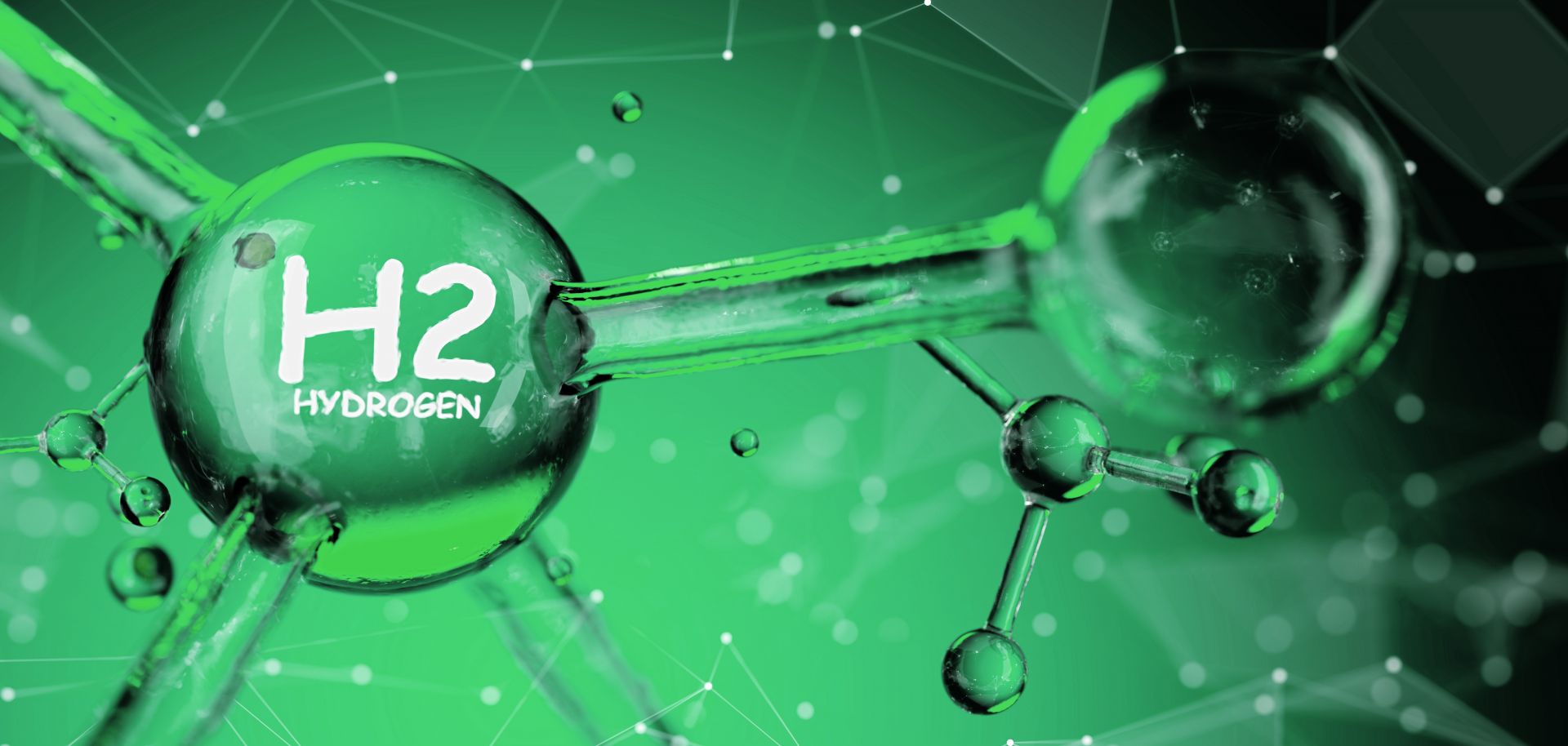The European Union is betting on green hydrogen to help reach its 2050 net-zero targets while maintaining industrial and economic competitiveness thanks to the fuel's potential to decarbonize hard-to-abate productive sectors of the economy, but significant constraints cast doubt over this strategy's viability. The European Union considers green hydrogen, which is hydrogen produced entirely using renewable energy resources, a pivotal element of its decarbonization strategy. This is primarily because green hydrogen could significantly reduce the carbon emissions of so-called hard-to-abate sectors like heavy industries (such as cement, steel and chemicals) and activities like heavy-duty transport (such as trucking, shipping and aviation). For this reason, in 2020 the European Union adopted its hydrogen strategy, which aims to scale up and decarbonize hydrogen production in the bloc with the ultimate ambitious goal of producing 10 million tons of green hydrogen by 2030. In 2022, in the wake of Russia's invasion of Ukraine,...

